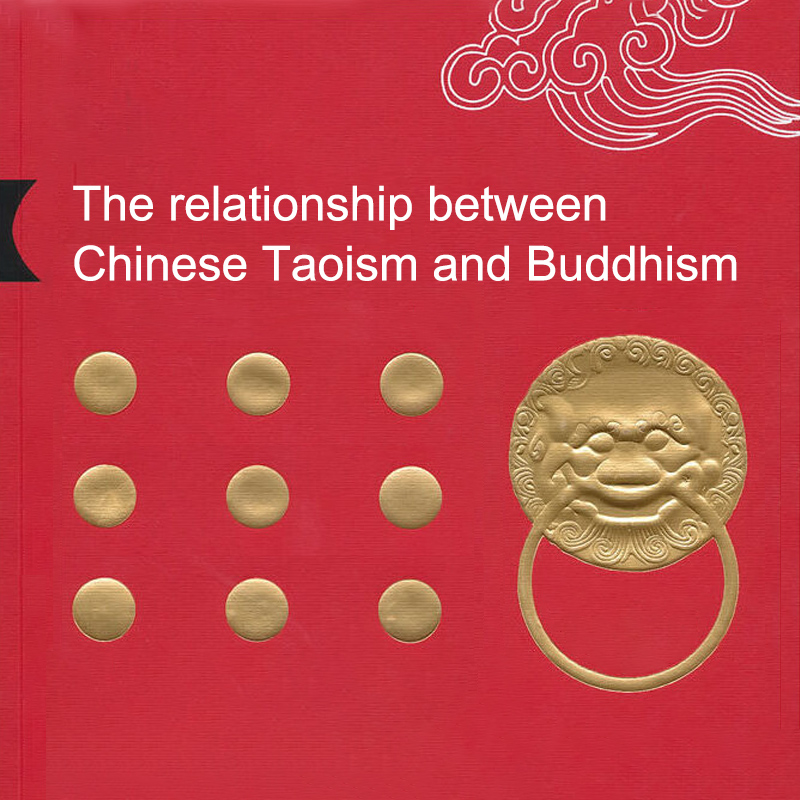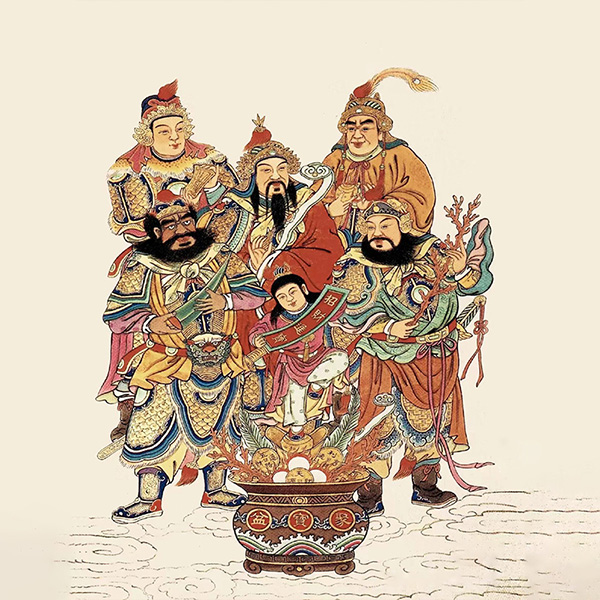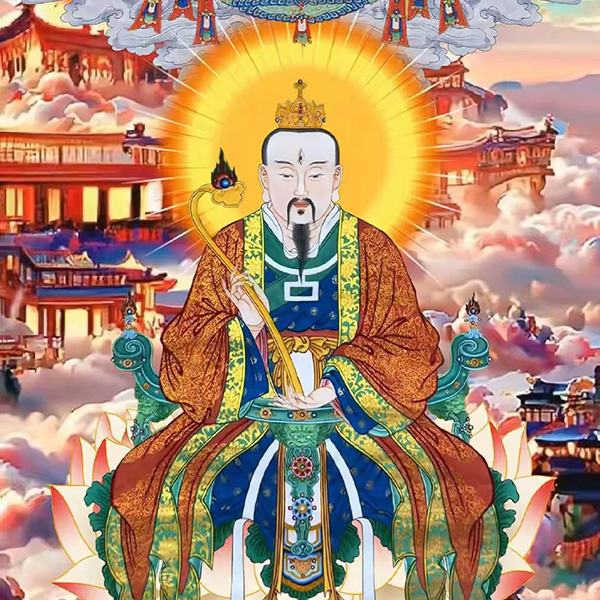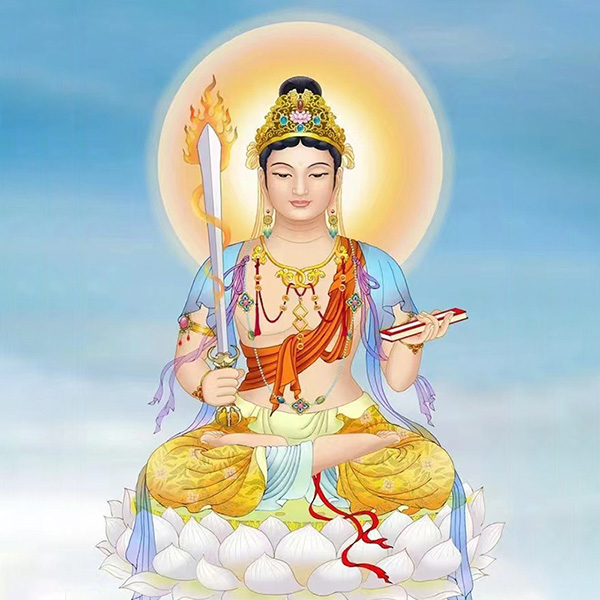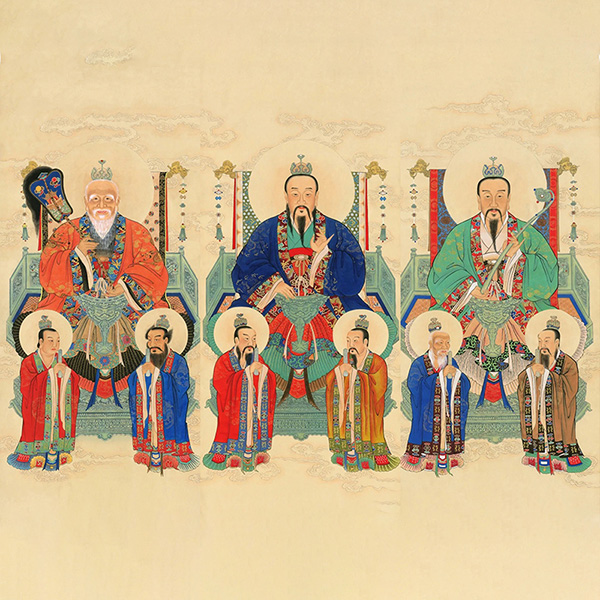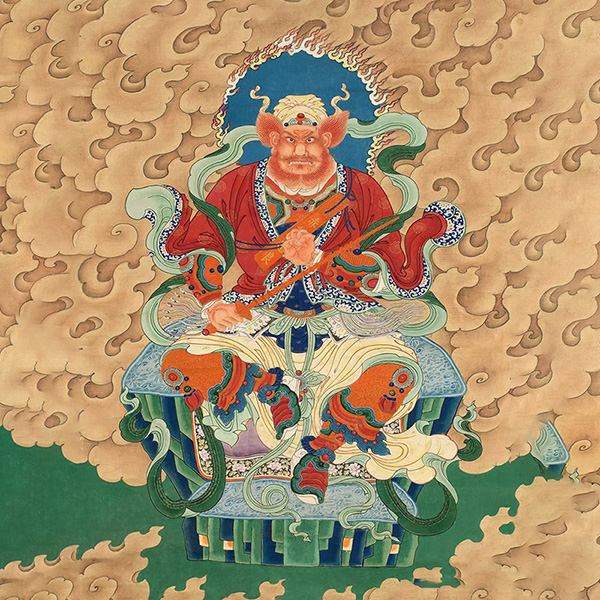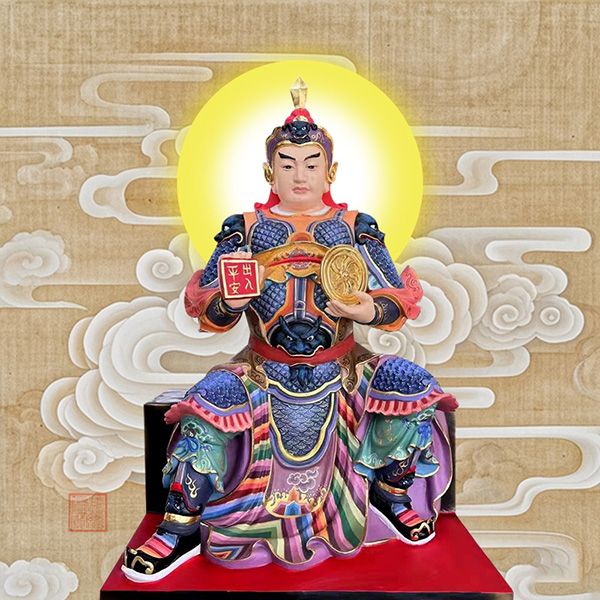Buddhism and Taoism are two kinds of thoughts. They are philosophical systems originating from India and China. The main themes of thought originate from rational philosophy. They all have their own set of theories about the universe, the world, people, and the birth and extinction of all things. Logically, they are self-consistent. In terms of doctrine, they are rational and speculative. Emotionally, they are calm and plain.
Taoism talks about “Tao”, and Tao follows nature. Tao gives birth to one, one gives birth to two, two gives birth to three, and three gives birth to all things. Buddhism says “suffering, accumulation, extinction, and Tao”. All things in the world and the cycle of life and death all belong to the “Four Noble Truths”.
These are all philosophical thoughts with very obvious characteristics of plain materialism and have nothing to do with theological religions.
These two thoughts have similarities. They both consider the big issues of the universe and life and death, and they are logically self-consistent. Originally, there was no connection between them. However, in the continuous thinking of later generations and the discovery of “reaching the same goal by different routes”, similar to the ultimate purpose of “science, philosophy, and theology”, they have commonalities.
Or, in this way, from a higher level of thinking, they are actually one thing – philosophical thinking. Isn’t it the same for Confucianism, Mohism, and Legalism?
When we talk about Buddhism, because Buddhism in India has already declined, basically we are referring to Chinese Buddhism. Since Buddhism entered the Central Plains during the “search for Buddhist scriptures in the Yongping era”, it has rapidly expanded under the tacit promotion of the ruling class. By combining Chinese Confucian culture (such as filial piety), Taoist culture (exchange of immortals), and primitive polytheism (local gods and demons), China finally surpassed India and became the Buddhist center radiating to the entire Han cultural circle in Southeast Asia, Japan, South Korea, and even the whole world.

Taoist thought combined with Legalism in the early Western Han Dynasty to form a set of “Huang-Lao learning”, which became the guiding ideology for the ruling class to govern the country. With the rise of Confucianism in the Han Dynasty, “Huang-Lao learning” sank among the people and began to combine with polytheism. Slowly, Taoism was formed with Huangdi as the “ancestral founder”, Laozi as the “founder of Taoism”, and Zhang Daoling, the Celestial Master Zhang, as the “founder of religion”. Laozi was deified as “the Grand Supreme Elderly Lord” during the Northern and Southern Dynasties, and his works also became the supreme treasure book of Taoism, the “Tao Te Ching”. “Tao” thus moved from philosophy to theology. Due to the invasion of Buddhism, a large number of scholars and officials joined the “creation” of Taoism. Therefore, figures such as Laozi, Zhuangzi, and Liezi of the Lao-Zhuang school all became deities.
How should we view Buddhism and Taoism? From a historical perspective, we can find various historical facts and the influence of social progress on religion; from a philosophical perspective, we will find the ancient Buddhist principles and the most primitive speculation of Taoism; from a literary perspective, the plays about the actions of all the gods and the retribution of karma are extremely wonderful; from a theological perspective, just believe. Bodhisattvas will lead you to transcend reincarnation and reach the other shore. Immortals will take you to ascend and become immortal. Just believe. Don’t look, don’t doubt, don’t ask. A sincere heart is enough.
When Buddhism first entered the Central Plains, it also encountered resistance. So it began to absorb the thoughts of Confucianism and Taoism, such as “fulfilling filial piety”, “respecting ancestors”, “calming the mind”, and “following the laws of heaven and earth”. When Taoism was creating its own system of gods, it found that “all things return to Tao in silence” was not as popular as the Buddhist reincarnation. So it added reincarnation hell to Chinese mythology and also added various corresponding underworld official positions to manage. From these settings, we can see the general trend of the convergence of the three religions in development.
Since the basic theories of both religions originate from rational philosophy, Buddhism emphasizes “non-contention” and Taoism emphasizes “non-action”. Therefore, there have been no religious wars like the Crusades in Europe. At most, they use royal power to suppress each other. Generally speaking, it is a relatively mild competition for believers. Buddhism is to influence and save the world, while Taoism is more inclined to personal cultivation. The attitude is relatively tougher, probably with the feeling of “believe if you want, if not, go away”.

When the Li family of the Tang Dynasty gained the world, they honored Taoism of Li Dan (Laozi) as the most respected, and Taoism flourished. Later, in order to ascend to the throne and suppress the Li family, Empress Wu Zetian promoted Buddhism to confront Taoism. By forging the “Great Cloud Sutra”, she proved her legitimate identity as a female emperor. Buddhism flourished again. And through absorbing Taoist ideological content, Zen Buddhism was developed. Later, there was also the persecution of Buddhism by Emperor Wuzong of the Tang Dynasty. However, both Buddhism and Taoism have taken root everywhere in China and are deeply embedded in the living habits of ordinary people, and still affect our lives today.
Chinese people believe more in their own ancestral spirits and worship authority. Therefore, neither Buddhism nor Taoism can override royal power like religions in other regions. In the final analysis, although Confucianism has not formed a distinct religious sect, it has always occupied a dominant position in this society. Probably in the hands of Liu Xiu of the Eastern Han Dynasty, that dynasty could be regarded as a special period of “theocracy” of Confucianism, but that’s all.
Chinese people have always been realistic. Those who talk about the afterlife and cultivating immortality can be extremely mysterious, but in any case, they cannot compete with those who govern the world. It’s as simple as that.
Buddhism has flourishing incense, and it is ultimately found in famous mountains and ancient temples.
Taoism pursues tranquility and cultivation, existing only in the remote and desolate places outside the world.
